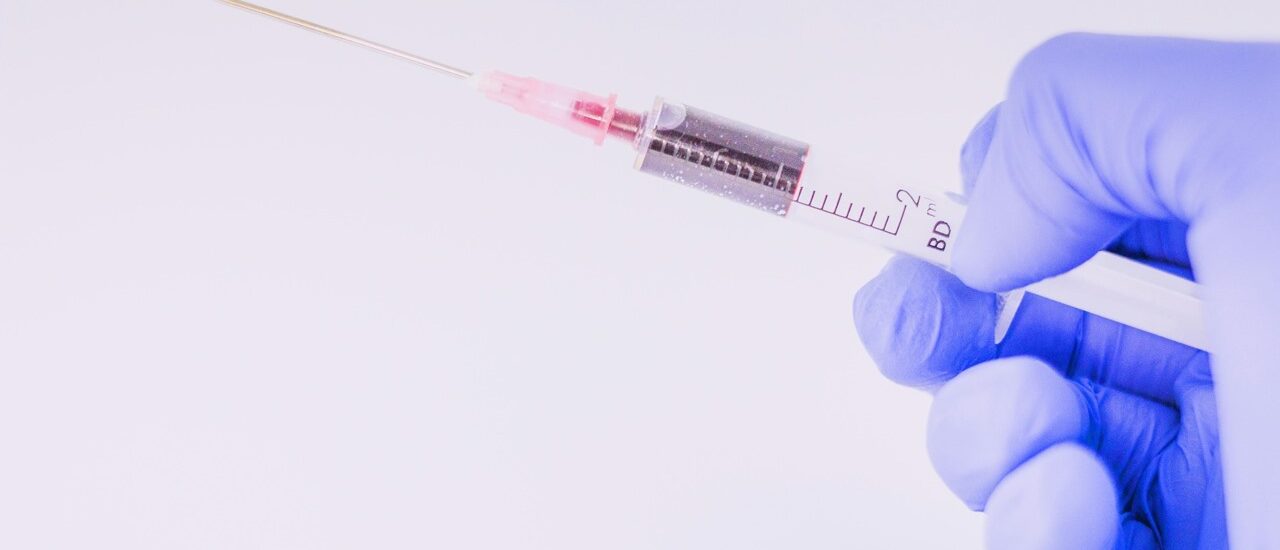In the year 2022, the global Drug-Induced Dyskinesia Market was estimated to be worth US$ 382 Million. Considering the rising demand in the global market, it is predicted to reach a valuation of US$ 399.8 Million by 2023. The market will also exhibit a steady CAGR of 4.25% from 2023-2033 and hence ultimately reach US$ 620.2 Million by the end of 2033.
The global drug-induced dyskinesia market is predicted to grow at a stable CAGR through 2022, owing to the growing prevalence of drug-induced dyskinesia linked to an increased incidence of neurologic disorders such as schizophrenia, bipolar disorder, as well as Alzheimer’s disease. Additionally, increasing R&D efforts, a robust product pipeline, rising consumer awareness, desire for more potent therapies, technical advancements, and innovations in treatment all contributed to the market’s expansion throughout the projection period.
Empower your business with insights and knowledge from our Sample Report! https://www.futuremarketinsights.com/reports/sample/rep-gb-16150
As per Mental Health America, 10 to 20 percent of people who have previously had long-term antipsychotic treatment will develop drug-induced dyskinesia. Also Neurocrine Bioscience states that drug-induced dyskinesia is now recognised as a widespread disorder by all physicians and psychiatrists. In contrast, drug-induced Dyskinesia is still thought to afflict 500,000 Americans annually. The expansion of the worldwide market for drug-induced dyskinesia medications may be hampered by a lack of knowledge about this illness and its treatment.
Region-wise, given the high incidence of drug-induced dyskinesia in the U.S., the North American market is anticipated to generate the highest revenue share. For instance, the U.S. recorded 5,00,000 instances of drug-induced dyskinesia in 2019.
Additionally, a larger patient pool, the presence of major pharmaceutical companies, a focus on cutting-edge technology, the introduction of novel products, a robust product pipeline, an increasing adoption rate of new technologies and innovative therapies, improved health systems, government awareness campaigns, greater per capita disposable income, and expansion efforts by pharmaceutical companies are all factors driving the North American market growth during the forecast period.
Key Takeaways from the Market Study:
- The global drug-induced dyskinesia market is currently worth more than US$ 382 Million.
- In 2023, the VMAT 2 segment by drug class is expected to take the dominant market share of 46%.
- In 2023, considering the end-user type, the hospitals segment is predicted to gain a 32% market share.
- The North American market for drug-induced dyskinesia is predicted to grow with a steady CAGR of 4.3% from 2023-2033.
- The APAC for drug-induced dyskinesia is expected to grow with a steady CAGR of 3.5% during 2023-2033.
“During the next ten years, the market for drug-induced dyskinesia will grow robustly owing to increasing neuroleptic patients and rising elderly population.” comments a Future Market Insights analyst.
Revolutionizing Customer Engagement: Learn from Our Customization Report! https://www.futuremarketinsights.com/customization-available/rep-gb-16150
Competitive Landscape:
- Teva Pharmaceuticals
- Neurocrine Bioscience
- Sun Pharmaceutical Industries Ltd
- SteriMax Inc.
- Lannett Co Inc
- Adamas Pharmaceuticals, Inc
- Sanis
- AbbVie Inc.
- Dystonia Medical Research Foundation
- Pharos: Illuminating the Druggable Genome
Some Notable Advancements In The Global Market For Drug-Induced Dyskinesia Are:
At the American Mental Association Annual Meeting in May 2022, Neurocrine Biosciences presented different INGREZZA (valbenazine) findings on drug-induced dyskinesia improvements and stabilization of psychiatric symptoms.
The study discovered that long-term (48-week) care with once-daily INGREZZA (40 mg or 80 mg) led to significant clinician-rated as well as self-rated global advancements of drug-induced dyskinesia symptoms while maintaining psychiatric symptom consistency, regardless of the patient’s primary psychological condition.
In March 2022, Neurocrine Bioscience and Mitsubishi Tanabe Pharma Corporation shared the news that DYSVAL (Valbenazine), a medication used to treat drug-induced dyskinesia, has been given regulatory clearance in Japan.
According to their agreement, Neurocrine Biosciences will be entitled to royalty payments at scaled percentages on MTPC’s prospective net sales of valbenazine in Japan as well as other specified Asian markets. Mitsubishi Tanabe Pharma Corporation will be liable for all costs associated with the development, manufacturing, and commercialization of valbenazine.
Unlock Exclusive Market Segments Insights: Buy Now! https://www.futuremarketinsights.com/checkout/16150
Key Segments Covered In The Drug-Induced Dyskinesia Market Report:
Drug-Induced Dyskinesia Market By Drug Class:
- Dopamine-Depleting Medications
- Vmat2 Inhibitors
- Gaba Receptor Agonist Medications
- Anticholinergic Medications
Drug-Induced Dyskinesia Market By End User:
- Hospitals
- Clinics
- Others
About Future Market Insights (FMI)
Future Market Insights, Inc. (ESOMAR certified, recipient of the Stevie Award, and a member of the Greater New York Chamber of Commerce) offers profound insights into the driving factors that are boosting demand in the market. FMI stands as the leading global provider of market intelligence, advisory services, consulting, and events for the Packaging, Food and Beverage, Consumer Technology, Healthcare, Industrial, and Chemicals markets. With a vast team of over 5000 analysts worldwide, FMI provides global, regional, and local expertise on diverse domains and industry trends across more than 110 countries.
Contact Us:
Future Market Insights Inc.
Christiana Corporate, 200 Continental Drive,
Suite 401, Newark, Delaware – 19713, USA
T: +1-845-579-5705
For Sales Enquiries: sales@futuremarketinsights.com
Website: https://www.futuremarketinsights.com
LinkedIn| Twitter| Blogs | YouTube

